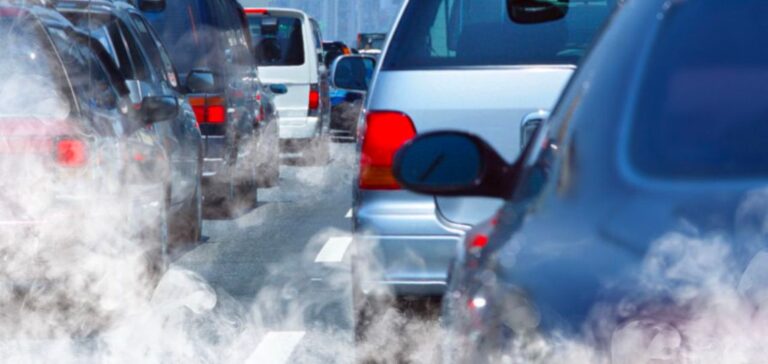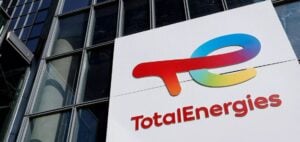Car manufacturers underestimate their CO2 emissions, taking advantage of unclear calculation methods, accuses the NGO Transport & Environment (T&E) in a report published Wednesday.
From 2024 onwards, large European companies will have to publish their scope 3, which totals greenhouse gas emissions upstream of production (transport, business travel, investments) and downstream (waste, use and end-of-life of products).
Even if they are in the midst of an electric shift, car manufacturers are among the most exposed industrialists, as 98% of their emissions are indirect, linked in particular to the fuel that drives the vehicle.
To measure their emissions, most manufacturers use the WLTP test, which is conducted in a laboratory, as opposed to the real-world test, which has higher emissions.
At 45.2 tons of CO2 per vehicle sold, manufacturers are underestimating their emissions, according to T&E. They would be at least 50% higher, at 68.2 tons on average, according to a calculation method that adjusts emissions with real use and takes into account a plausible vehicle life of several hundred thousand kilometers.
The NGO questions in particular Stellantis, Hyundai-Kia or BMW which have the most divergent results.
At some manufacturers such as Renault-Nissan, Honda or Ford, the emissions for each euro invested would be higher than the average of Shell, BP and Exxon oil companies, according to T&E.
This data could undermine manufacturers’ environmental, social and governance (ESG) accounting standards scores.
For us to talk about “green” investments, the data must be reliable,” said Marie Chéron of T&E France in a statement.
In particular, the NGO is calling for this scope 3 to be better regulated and better taken into account in ESG ratings, which are a condition for more and more investments.
According to Matthieu Maurin, co-founder of Iceberg datalab, a provider of extra-financial data on companies, there is indeed “a gap of at least 20%” between the data published by manufacturers and their own calculations.
However, “these companies publish their data and are quite transparent about how they are calculated, unlike other sectors”, such as the food industry, the expert moderates.





















